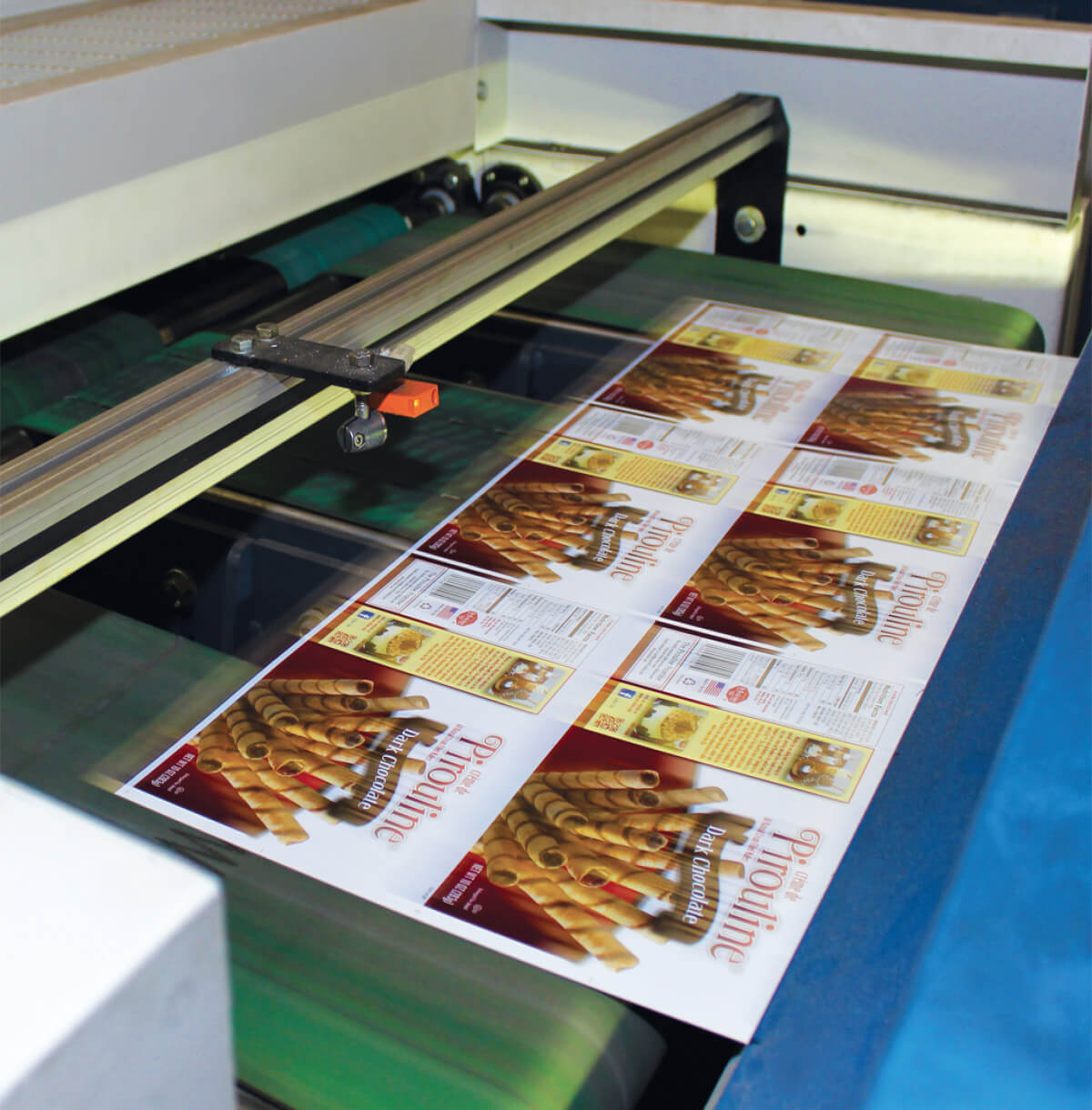litho printing for High-Volume Commercial Projects
litho printing for High-Volume Commercial Projects
Blog Article
A Comprehensive Guide to Comprehending Litho Printing Methods
The world of litho printing, a strategy originating from the late 18th century, is a remarkable mix of background, advancement, art and science. This comprehensive overview will decipher the complexities of this printing approach, from the make-up of litho inks to the challenges dealt with in modern applications. As we venture right into the intricacies of lithography, the significance of automation and sustainability in ensuring its future significance becomes progressively clear. Stay with us as we journey into the fascinating world of litho printing.
The Historic Evolution of Litho Printing
The historic trajectory of litho printing, a pivotal development in the world of interaction, is an exciting tale of human resourcefulness. The procedure developed with the development of the rotating press, which substantially increased productivity. Each stage of litho printing's evolution showcases humanity's ruthless search of efficiency and quality in visual communication.
Decoding the Scientific Research Behind Litho Printing Inks
Moving on in the exploration of litho printing strategies, the emphasis now shifts to the scientific research behind litho printing inks. The structure of these inks, their drying out procedure, and color mixing strategies create the foundation of this complex art form. Understanding these elements is important to understanding the craft and accomplishing the preferred print outcomes.
Make-up of Litho Inks
In lithographic printing, the fundamental role of litho inks can not be overemphasized. The structure of litho inks differs relying on its purpose, however generally, they include two major parts - automobiles and pigments. Pigments, the color-providing aspects, are finely ground bits put on hold in the vehicle, a fluid that carries the pigment onto the printing surface. The automobile is an intricate combination of oils, materials, and solvents, which influence the ink's drying time, attachment, and gloss. In addition, various additives exist to boost certain residential or commercial properties like circulation, drying, and resistance to ecological effects. Each component plays an important component in the last print's high quality, making the precise formulation of litho inks an elaborate scientific research.
Ink Drying Refine
From the structure of litho inks, attention turns to the remarkable process of ink drying out. 2 primary techniques are used in litho printing: oxidative drying out and absorption. Absorption, on the other hand, entails the ink seeping into the paper fibers, which is a much faster process but can lead to much less lively colors.
Color Mixing Strategies
While the drying procedure plays a crucial role in litho printing, the scientific research of shade blending methods holds equivalent significance. This is an intricate process that entails the careful blending of primaries: cyan, magenta, and yellow, in varying proportions to attain a broad range of hues. The enhancement of black ink, known as 'vital', assists in regulating the strength and depth of the shades. The science behind litho printing inks also takes into consideration the transparency of the ink, which impacts how shades overlay and mix. To achieve a reliable color mix, print experts have to also recognize the intricacies of ink actions, color concept, and the physical homes of the substratum on which the ink is applied.
The Art and Style Elements in Litho Printing
Litho printing breathes life into art and style through its unique components. Litho printing fits a selection of colors, enabling artists to produce vibrant and dynamic prints. This mix of precision and versatility makes litho printing a preferred selection for many musicians and developers.
Modern Applications of Litho Printing Methods
Litho printing methods have found substantial usage in the contemporary commercial market. Its impact and significance remain to grow with the arrival of new technologies and technologies in the area. This area will explore these modern applications and the transformative function they play in the printing market.
Industrial Litho Printing Makes Use Of
Litho printing remains an essential part of the commercial field. High-volume printing jobs, such as the manufacturing of publications, newspapers, and product packaging, count on litho printing for its capability to deliver exceptional he has a good point picture quality and cost efficiency. Litho printing also offers a wide shade spectrum, exceptional to that of electronic printing.
Developments in Litho Printing
Pushing the limits of traditional techniques, modern-day improvements have sustained a host of technologies in litho printing. These advancements have not just enhanced the top quality and performance of litho prints but additionally increased its application extent. One popular growth is digital litho printing, which integrates the virtues of digital technology with litho's top quality output. This hybrid version uses faster setup times, reduced waste, and enables on-demand printing. One more noteworthy development is the introduction of environmentally friendly inks. These inks, made from vegetable or soy-based solutions, have actually significantly decreased the industry's ecological impact. litho printing. In addition, the growth of sophisticated plate innovation has streamlined the printing process, causing sharper photos and boosted shade integrity. These developments underscore the enduring importance of more tips here litho printing in the modern-day globe.
Exploring the Refine of Litho Printing: Action by Action

Difficulties and Solutions in Contemporary Litho Printing

Regardless of the accuracy and tradition that litho printing happily maintains, it is not without its collection of modern challenges. Digital litho printing enables for cost-effective brief runs and easy personalization, attending to the issue of variable data. Hence, while there are difficulties, the litho printing industry is proactively adapting to fulfill them head-on, guaranteeing its importance in the future.
Conclusion
To conclude, litho printing, with its rich background and clinical ins and outs, holds a substantial area in the print industry. As the guide discloses, it's a synthesis of art and modern technology, with modern-day developments guaranteeing its relevance. The market moved here encounters difficulties that require ingenious services, with an emphasis on automation and sustainability. The future of litho printing rests on its ability to adapt to these changing needs, affirming its long-lasting worth in an advancing market.

Report this page